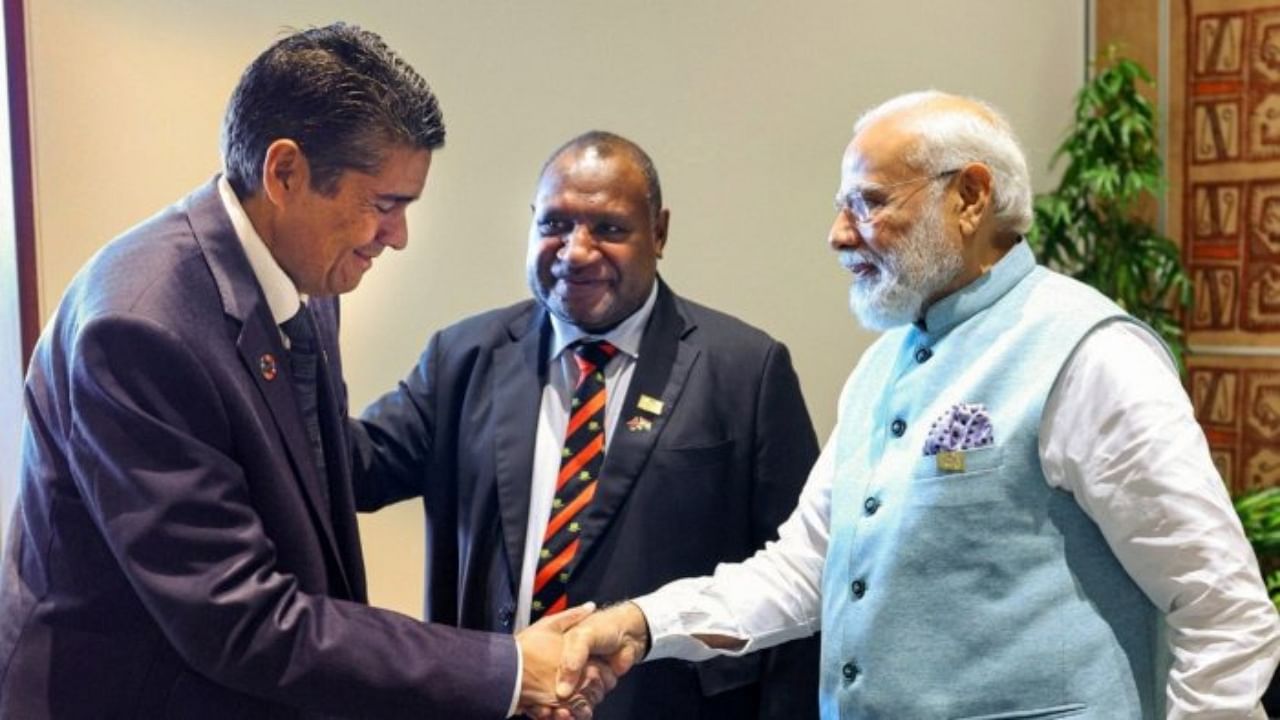
The current global politics have moved far away from Thomas Jefferson’s style of diplomacy: “I am for free commerce with all nations; political connection with none; and little or no diplomatic establishment.” Presently, partnership-based diplomatic engagements in varied forms have predominantly become the order of the day. Charles Darwin is invoked: “In the long history of humankind (and animalkind, too), those who learned to collaborate and improvise most effectively have prevailed.”
One of the most “recent additions to the repertoire of alignment archetypes”, the idea of partnerships in diplomacy is considered an intersection between realist and neo-liberal paradigms. It is a new security practice that is currently being followed by many leading countries due to the changing global scenario in terms of increasing globalisation, resource crunches, migration, security threats from State and non-state actors, nuclear deterrence, and varied economic and socio-cultural exchanges.
This ‘new’ foreign policy practice in the diplomatic toolkit of several countries has its distinct advantages. It helps to pool the complementary potentials of partnered states for achieving mutual benefits; multiple fields of mutual interest are explored. Partnerships are considered strategic in nature, as issues are seen in the long term. The partnership mode grants greater policy autonomy to the concerned states. Through such a method of diplomacy, the small states can avoid dominance and entanglement but gain as much in both economic and military spheres without an “alliance” tag. Bruno Tertrais dubs this a smart way of avoiding “strategic misunderstanding”.
India was early to adopt the ‘partnership’ mode of diplomacy. Considering the unsettling times, it was important for New Delhi to use the web of partnerships to serve its national interests. The partnership style of diplomatic relations also enabled India to maintain continuity in the strategic autonomy that it maintained during the Cold War.
India has forged strategic partnerships with around 30 countries and organisations across the globe based on complementary interests. The number of countries and areas is increasing. Interestingly, each of the partnerships is tailored based on the mutuality of interests; the more areas included, the higher the level of partnership.
‘Partners’ include not only individual countries but also regional organisations like the EU and ASEAN. Among the countries on the list, there are developed, developing, and underdeveloped countries. Although India has a large number of strategic partnerships with Asian countries, it has only Afghanistan in its South Asian neighbourhood. This is surprising despite the fact that New Delhi has laid much emphasis on its “neighbourhood first” policy.
As far as the level of partnership engagement is concerned, Russia figures at the top, although it looks, at this juncture, to be in a state of flex. The next in the hierarchy of partnership engagements is the United States. This is noteworthy because India has managed to have successful strategic ties with former Cold War adversaries that are also presently at loggerheads on various global issues. Interestingly, Japan emerges as the most trusted strategic partner, especially under the Modi government. Australia and South Korea also
figure on the list of the most trusted partners.
Interestingly, partnerships are being forged not only with friends but also with not-so-friendly countries like China. That is reminiscent of the definition of divorce by Ambrose Bierce: “a resumption of diplomatic relations and rectification of boundaries.”
The character of strategic partnerships is, thus, both cooperative and competitive. There is also a difference in the content and intent of the agreements. India has calibrated “different partners for different issues”.
There are about 40 wide-ranging areas in which India is cooperating with 30-odd countries on a partnership basis: defence, political, economic, space, nuclear, culture, digital, disasters, health, development, education, security, energy, environment, agriculture, tourism, training, infrastructure, chemicals and fertilisers, oil and gas, power, mining, industry, sports, people-to-people, social, counterterrorism, civil aviation, connectivity, maritime, technical cooperation, and so on. Not all partnerships are on the same plane; they are graded based on various criteria like history of relations, ideological compatibility, geo-strategic location, economic considerations, and so on. What is required for India now is to go beyond the State actors and extend partnerships with civil society groups, business entities, and the like.
(Manoharan is director, Centre for East Asian Studies, and Timhna is a research scholar, Dept. of International Studies, Christ University, Bengaluru)